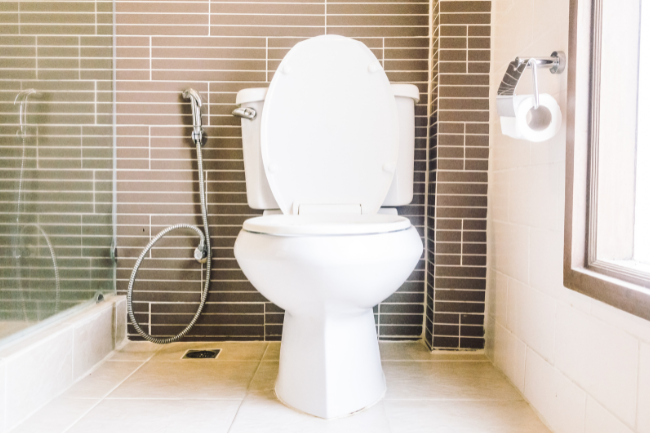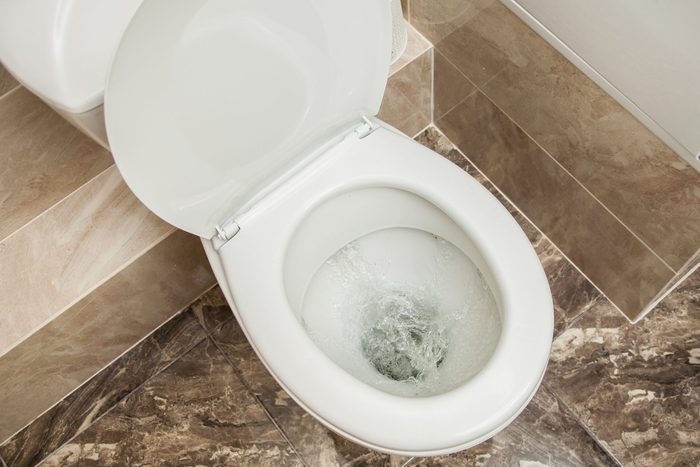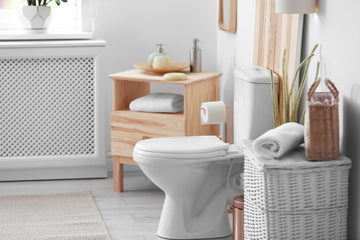In today's world, where sustainability and cost-saving are at the forefront of both consumer and industry priorities, the idea of investing in water-saving technologies has gained significant traction. Among these technologies, water-saving toilets have emerged as a popular choice. However, for businesses and industries looking to make informed decisions, understanding the ROI (Return on Investment) of such an investment is crucial. This article will delve into the essentials of calculating ROI for water-saving toilets, helping you determine whether it's a worthwhile investment for your enterprise.

Understanding the Basics of Water-Saving Toilets
Water-saving toilets, often referred to as low-flow or high-efficiency toilets, are designed to use significantly less water per flush compared to traditional toilets. These fixtures are engineered to conserve water while maintaining or enhancing performance. The Environmental Protection Agency (EPA) states that WaterSense labeled toilets can save up to 60% of water usage per flush. For more information on how these toilets impact the planet, you can read our article on Water-Saving Toilets Impact.
The Financial Implications: Costs and Savings
The initial cost of a water-saving toilet is generally higher than that of a conventional toilet. However, the savings on water bills can quickly offset this initial investment. By reducing water consumption, businesses can significantly lower their utility bills. To understand the mechanics behind these savings, our Low-Flow Toilet Guide offers detailed insights.
According to the Ressler and Mateer, Inc., a single water-efficient toilet can save up to 13,000 gallons of water per year. These savings translate directly into monetary benefits, making the initial cost a worthwhile expenditure over time.
Key Metrics for Calculating ROI
When calculating the ROI for water-saving toilets, several key metrics should be considered:
1. Initial Investment Costs
This includes the purchase price of the toilet, installation costs, and any additional plumbing modifications required. For businesses looking to retrofit existing facilities, our Retrofits Guide provides essential information.
2. Annual Water Savings
Determine how much water a water-saving toilet will save each year compared to a standard toilet. Multiply the amount of water saved by the cost per gallon of water in your area to find the annual savings.
3. Payback Period
The payback period is the time it takes for the savings from reduced water usage to cover the initial investment cost. A shorter payback period indicates a more attractive investment.
4. Long-term Benefits
Consider the long-term benefits, including reduced environmental impact and potential tax incentives for businesses that invest in sustainable technologies. For maintenance tips on water-efficient toilets, check out our article on Toilet Maintenance.
The Environmental Impact
Beyond the financial implications, water-saving toilets contribute significantly to environmental conservation. By reducing water consumption, these fixtures help preserve freshwater resources, lower energy costs associated with water heating, and reduce the strain on municipal water supply systems. To explore popular water-saving toilet designs, visit our article on Toilet Designs.
For a comprehensive overview of the environmental benefits, consider visiting the EPA's WaterSense Program page.
Conclusion: Making an Informed Decision
Investing in water-saving toilets can offer substantial benefits for both your business's bottom line and the environment. By carefully calculating the ROI and considering both financial and environmental impacts, you can make a well-informed decision that aligns with your sustainability goals.

FAQs
1. How do water-saving toilets work?
Water-saving toilets use advanced flushing technology to minimize water usage while maintaining optimal performance. This is achieved through a combination of design improvements and efficient flushing mechanisms.
2. Are there any government incentives for installing water-saving toilets?
Yes, many local and federal programs offer rebates and incentives for businesses that install water-saving fixtures, including toilets. These programs aim to promote water conservation and reduce environmental impact.
3. What maintenance is required for water-saving toilets?
Water-saving toilets generally require the same level of maintenance as traditional toilets. Regular cleaning and occasional checks for leaks or clogs will ensure optimal performance.






